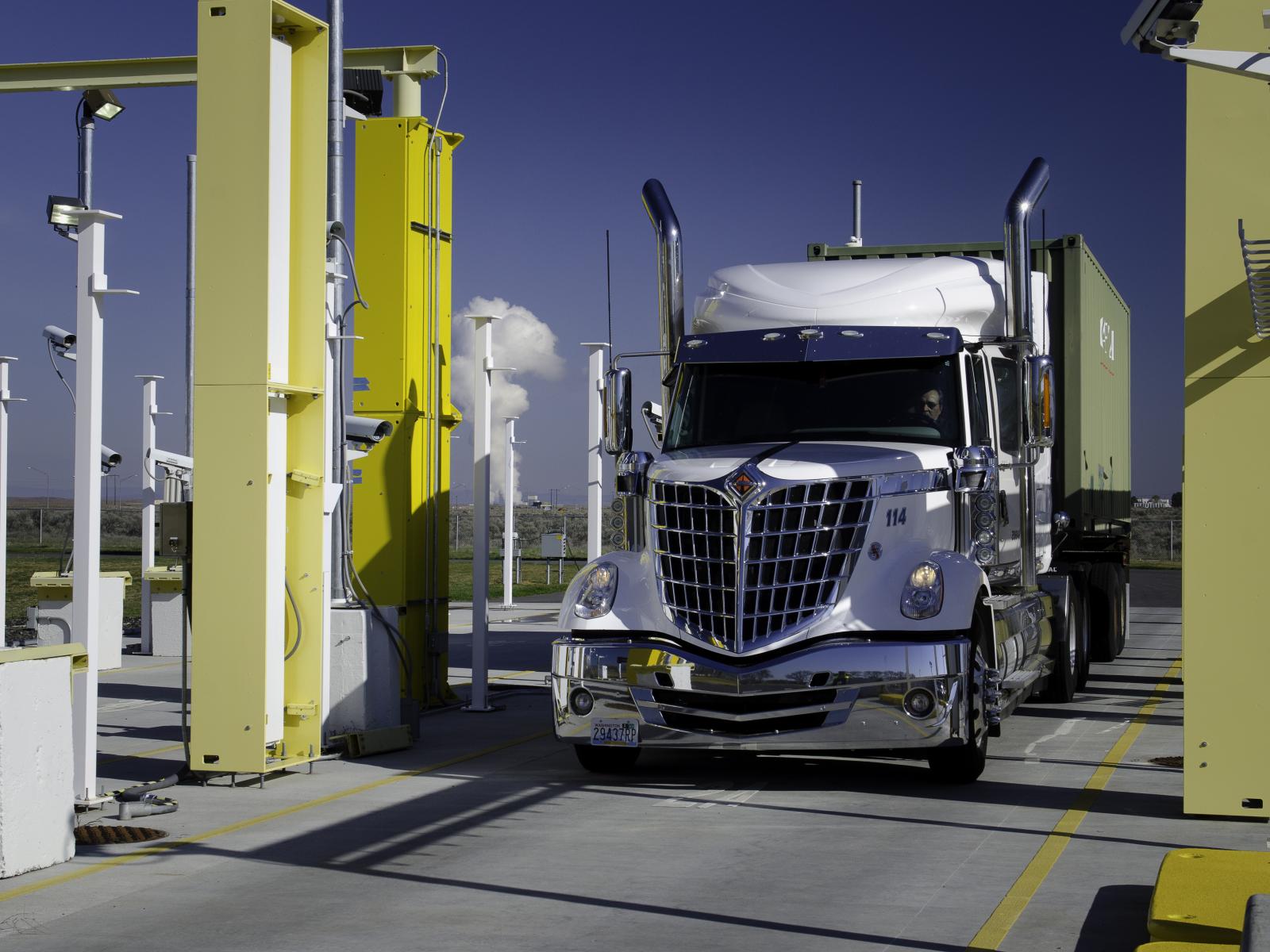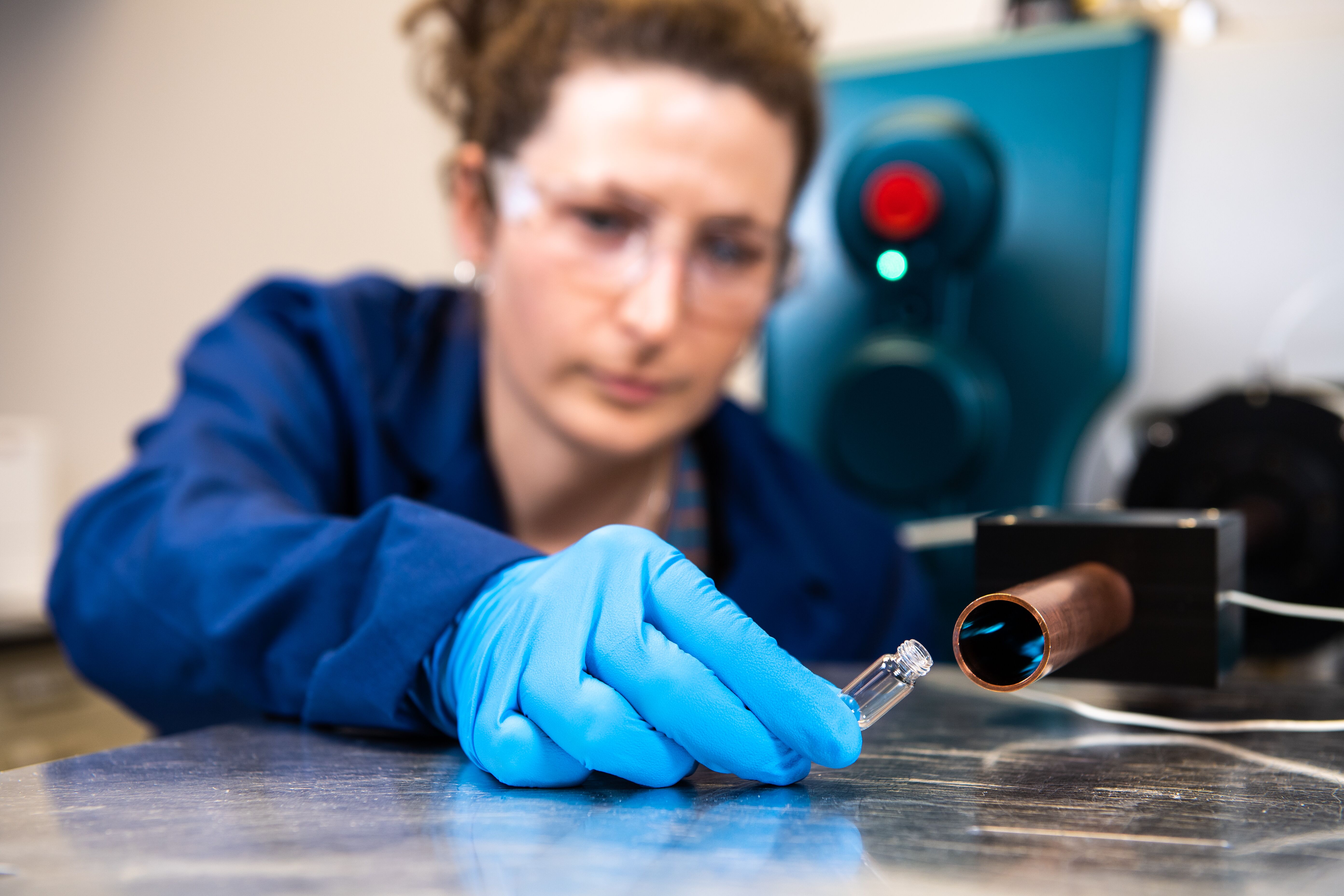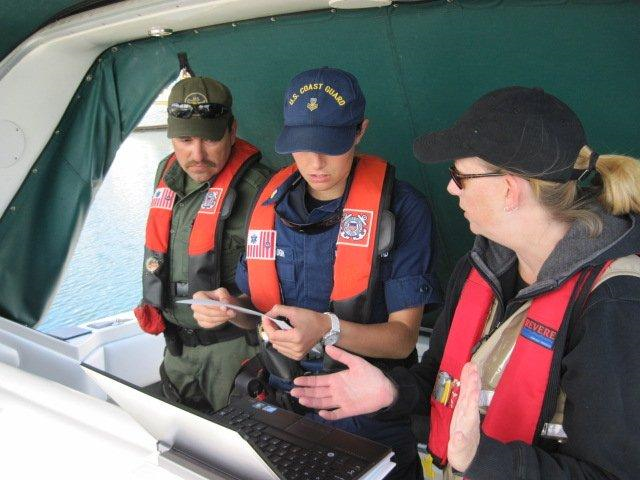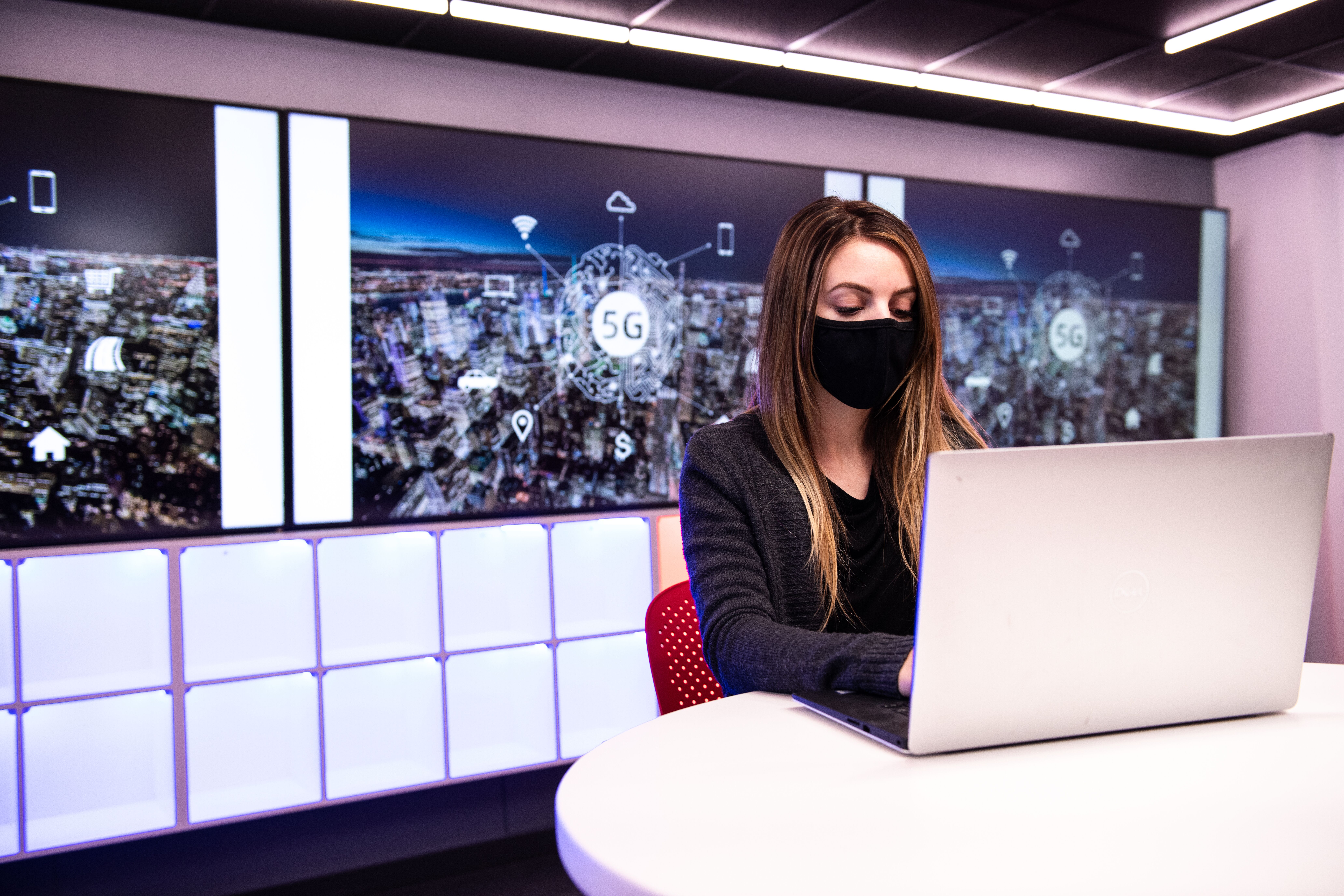Looking Forward From 9/11: PNNL Contributes to Homeland Security

PNNL houses specialized test and research facilities to develop new sensors, evaluate commercial border inspection technologies, and understand the performance of systems throughout their entire lifecycles under realistic field conditions at U.S. and foreign ports of entry.
(Photo: Pacific Northwest National Laboratory)
Twenty years ago, our nation suffered a horrific terrorist attack on American soil—and our world changed forever. In the days and years following the tragic events of Sept. 11, 2001, the national security experts at the Department of Energy’s Pacific Northwest National Laboratory stepped forward to apply PNNL’s science and engineering capabilities to help keep America safe.
Perhaps the most visible and well-known of these efforts are the 2,400 PNNL-developed whole-body scanners you see at airport security checkpoints around the world. In the United States alone, they scan more than 1.5 million airline passengers every day. Research and development currently under way might allow you to keep your shoes on or walk through airport security without having to stop at all.
Today, a third of PNNL’s 5,300 staff members are dedicated to delivering science-based solutions for the Departments of Homeland Security, Defense, and Energy. Their expertise is being used to develop and deploy innovative technologies that detect and deter a variety of threats, including explosive, radiological, biological and cyber.
For instance, our researchers developed an ultrasensitive technology called VaporID that can “sniff” the air and detect traces of explosives, deadly chemicals or illegal drugs in seconds. This amazing technology was named GeekWire’s 2020 Innovation of the Year.

Other efforts focus on preventing illicit nuclear materials from entering our nation’s borders, including a DHS-funded program to design, engineer and test the next generation of radiation portal monitors. It builds on PNNL’s work in the early 2000s to install the first monitors to detect nuclear and radiological materials at ports of entry.
PNNL researchers and partners around the world are advancing the science that underpins technology used to analyze trace amounts of radioactive materials to determine if they might be from a nuclear explosion. PNNL teamed with Teledyne Brown Engineering to develop and commercialize a smaller, faster and more sensitive version of the detectors used today.
Many of PNNL’s solutions are benefitting our own region. PNNL leads the Northwest Regional Technology Center, a collaboration among homeland security and community stakeholders. For example, PNNL trains first responders in the Puget Sound area to use radiological and nuclear detectors for maritime security.

We also work with first responders to develop technologies that enhance their safety and effectiveness. One patent-pending innovation is called VitalTag. Especially valuable during mass casualty events, this stick-on sensor suite measures and transmits victims’ vital signs to help first responders triage, treat and transport patients.
PNNL biodefense expertise is another asset we bring to protecting the homeland. Our researchers have developed several capabilities to detect and respond to biological threats, ranging from anthrax-laced letters to engineered pathogens. We have used these same capabilities in the fight against COVID-19 over the past 18 months.
PNNL’s strengths in data analytics and machine learning are being applied to counter cyber threats and protect critical energy infrastructure. For instance, we lead the Cybersecurity Risk Information Sharing Program, which protects the electrical grid. It uses advanced sensors to collect and analyze data voluntarily shared by utilities to identify and defeat real-time attacks.
Our new 5G innovation studio, enabled by a partnership with Verizon, allows researchers to explore the opportunities and risks associated with the latest in mobile network technology. For example, 5G would allow 360-degree video files from a bomb disposal robot to be transmitted quickly to the human controlling it remotely.

These are just a few of the many ways PNNL has helped keep our nation safe over the past 20 years and is defending it today. I am incredibly proud of our dedicated researchers and their commitment to protect us. Let us pray that we never again suffer an attack like 9/11. And let us never forget those who lost their lives on that day and in the war that followed.
Steven Ashby, director of Pacific Northwest National Laboratory, writes this column monthly. To read previous Director's Columns, please visit our Director's Column Archive.
Published: September 20, 2021